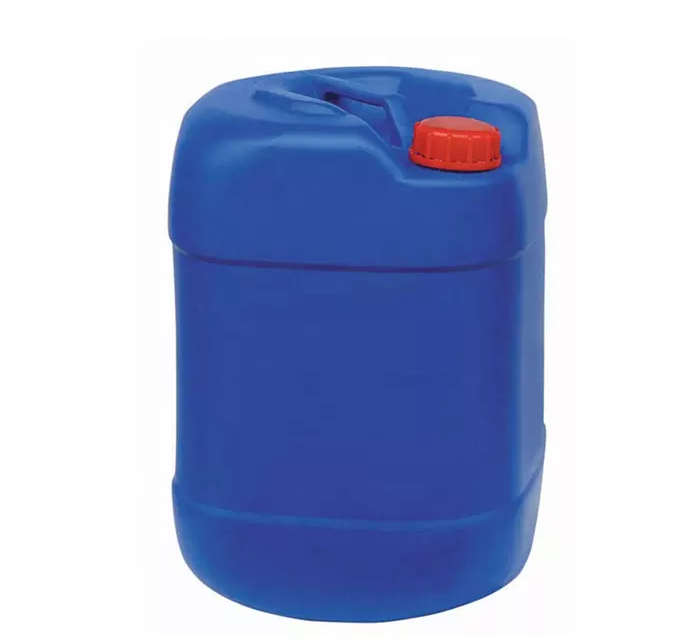Thermoplastic Polyurethane Elastomer (TPU) is a versatile class of thermoplastic elastomers possessing a unique combination of properties, including high elasticity, abrasion resistance, oil resistance, and low-temperature flexibility. This has led to its widespread adoption across diverse industries, ranging from automotive and footwear to electronics and medical devices. This article provides a comprehensive overview of TPU,...
Introduction Medical grade Thermoplastic Polyurethane Elastomer (TPU) represents a specialized class of polyurethane elastomers engineered and manufactured to meet the stringent requirements of medical device applications. These materials offer a unique combination of properties, including biocompatibility, flexibility, durability, and sterilizability, making them suitable for a wide range of medical devices and components that come into...
Contents Introduction Chemical Structure and Synthesis Key Properties of TPU for Wire & Cable Jackets 3.1. Mechanical Properties 3.2. Thermal Properties 3.3. Chemical Resistance 3.4. Electrical Properties 3.5. Weather Resistance 3.6. Flame Retardancy 3.7. Processing Properties TPU Grades and Formulations for Wire & Cable Applications 4.1. Classification by Hardness 4.2. Classification by Ether/Ester Based 4.3....
Introduction Solvent-based polyurethane (PU) adhesives represent a significant class of bonding agents used in a wide array of industrial and consumer applications. Distinguished by their robust adhesion, flexibility, durability, and resistance to various environmental factors, these adhesives offer a versatile solution for joining diverse materials. This article provides a comprehensive overview of solvent-based PU adhesives,...
Introduction Polyurethane (PU) adhesives are a versatile class of bonding agents widely used in various industries due to their excellent adhesion, flexibility, durability, and chemical resistance. 🚀 The performance of PU adhesives is significantly influenced by the catalysts employed during their synthesis and curing processes. PC41, a polyurethane trimerization catalyst, offers a compelling alternative to...
Introduction Polyurethane (PU) materials are ubiquitous in modern life, finding applications in a diverse range of industries, including coatings, adhesives, sealants, and elastomers (CASE). The versatility of PU stems from the wide variety of building blocks and reaction pathways available for their synthesis. While traditional PU formation relies on the reaction between isocyanates and polyols,...
Introduction N,N-Dimethylcyclohexylamine (DMCHA), represented by the chemical formula C8H17N, is a tertiary amine catalyst widely employed in the production of rigid polyurethane (PUR) foams. Its efficacy stems from its ability to accelerate both the urethane (polyol-isocyanate) and blowing (isocyanate-water) reactions, thereby influencing the foam’s cell structure, density, and overall mechanical properties. This article provides a...
Introduction Morpholine is a versatile organic compound with the molecular formula C4H9NO. It is a cyclic secondary amine that contains a four-carbon ring with a nitrogen atom, making it structurally similar to piperidine and piperazine. Morpholine has a wide range of applications in various industries, including chemical synthesis, pharmaceuticals, and water treatment. This essay will...


